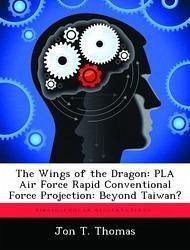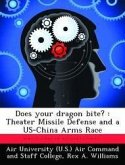This analysis assesses the state of capability within the PLA Air Force, both at present and also based on a projection for 2020, in order to determine the range of options for China's leadership to rapidly project conventional force in terms of coercive, assertive or constructive actions. It is clear from the analysis that the PLAAF retains only a limited capability at present, and somewhat predictably, will possess a better capability in 2020. However, neither case presents a challenge for US and allied supremacy in the air. As far as conventional force projection capabilities in terms of airpower are concerned, any "near-peer" threat which China might represent lies well into the future, after a certain set of decisions which would need to be made by Chinese leaders with respect to developing additional capabilities beyond those currently planned. In response, the United States should focus less on countering and more on engaging China to support its growth into a responsible regional military power--while carefully watching for any sign that China is pursuing conventional airpower capabilities to act with force beyond China's near periphery.
Hinweis: Dieser Artikel kann nur an eine deutsche Lieferadresse ausgeliefert werden.
Hinweis: Dieser Artikel kann nur an eine deutsche Lieferadresse ausgeliefert werden.








